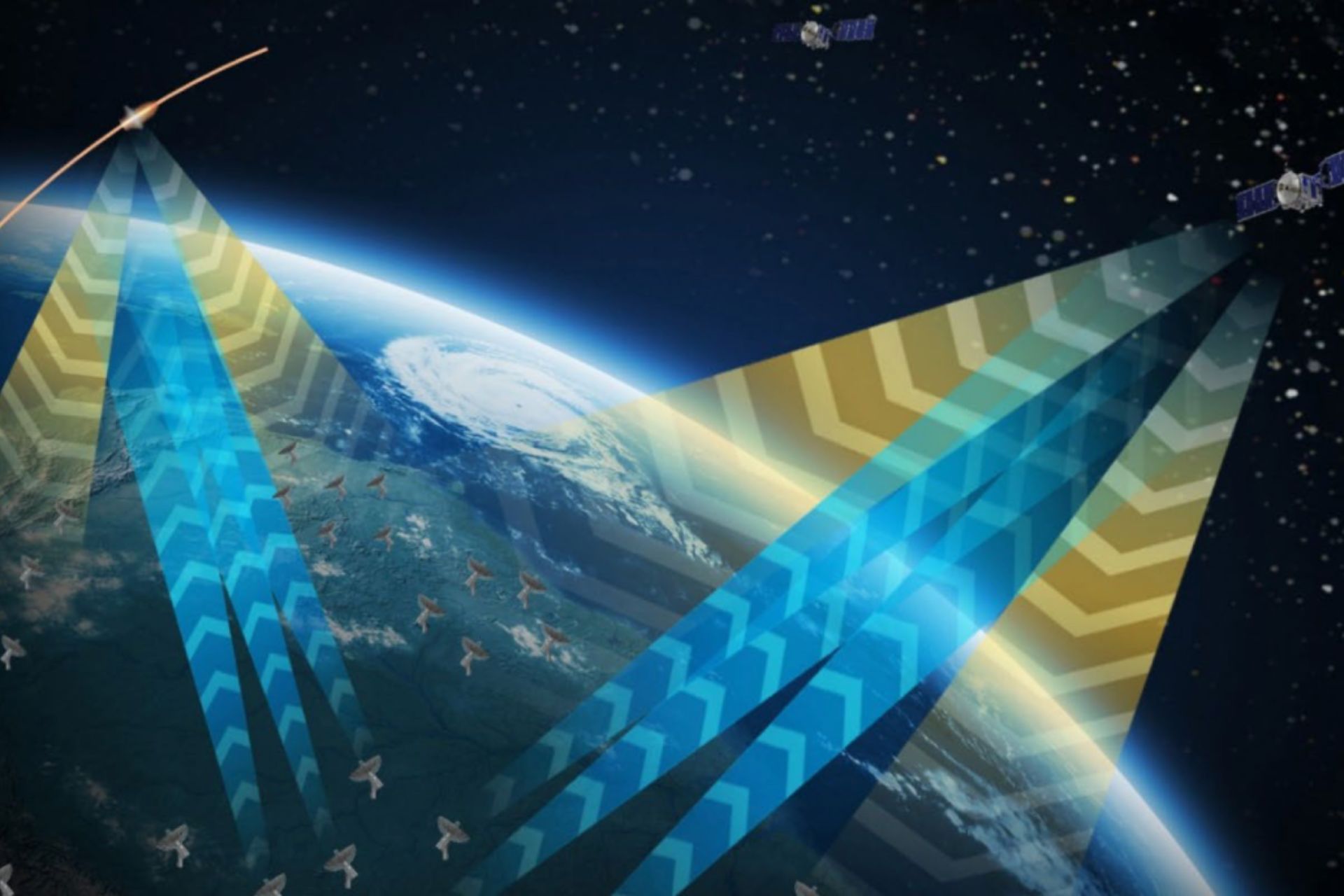Breaking News
Space Force Taps Northrop to Build Radar in UK for Monitoring Deep Space.
The Space Force has awarded Northrop Grumman a $200 million contract to build a cutting-edge space radar in the United Kingdom, as part of a joint venture between the United States, the United Kingdom, and Australia to monitor 22,000 miles above the Earth 24/7.
Follow Army Recognition on Google News at this link

A artist’s concept illustration of the Deep-Space Advanced Radar Capability, or DARC (Picture source: Northrop Grumman)
The advanced deep-space radar capability (DARC) will include radar sites in each of the three countries and will maximize coverage by sharing data to connect the three sites. Northrop had previously received a $341 million contract in 2022 to build the first DARC site in Western Australia, which is expected to be operational by 2026. The second radar site in the UK is expected to be completed by February 2030. The third radar will be based in the United States, with all three sites to be completed by the end of the decade.
Once operational, DARC is expected to provide all-weather capabilities to detect, track, identify, and characterize objects moving in geosynchronous orbit (GEO), which is 35,786 km.
Grant Shapps, then British Secretary of Defence, stated in December 2023, that as the world becomes increasingly contested and the threat of space warfare grows, the United Kingdom and our allies must ensure we have the advanced capabilities needed to secure our nations. This is the rationale behind the DARC project.
The DARC Project:
The project aims to modernize Space Domain Awareness (SDA) for the United States and its allies by replacing obsolete Cold War-era missile tracking radars and ten-year-old optical sensors that are not suited for the current space environment. Unlike traditional optical systems that only operate at night, DARC offers 24/7 surveillance, regardless of daylight, making it much more difficult for adversaries to attempt a surprise operation. Most of the United States' terrestrial space domain detection capabilities consist of Cold War-era missile tracking radars or ten-year-old optical sensors that were not designed for the current space environment. DARC provides a way to enhance the Space Force's space domain detection, which officials say needs to be improved as the number of satellites and the amount of orbital debris increase.
The increasing number of satellites in orbit and the rise in space debris underscore the importance of monitoring the geosynchronous orbit to ensure that these assets are tracked and managed effectively. In recent months, U.S. military leaders have also warned about the growing collaboration between Russia, China, North Korea, and Iran in space, noting that their joint engagements were being "closely watched."
The goal of the DARC project is to make shared space domain knowledge increasingly important, not only to track objects and avoid collisions but also to monitor activities, identify threats, and make informed decisions on how best to respond. DARC will also offer extremely wide coverage given the geographical locations of the three currently involved countries: the United States, the United Kingdom, and Australia.


























